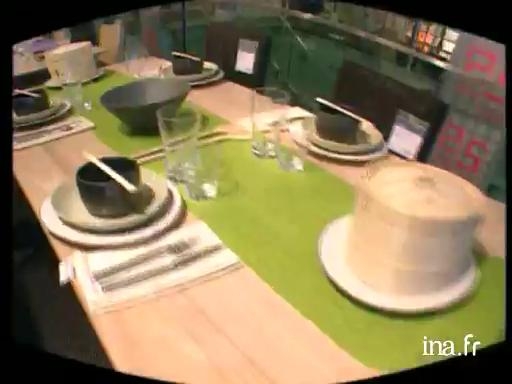Design according to Habitat

Information
On the occasion of Habitat's 25th anniversary, a report from one of the stores of the company, which was founded by Terence Conran. Interviews with Yves Cambier, Habitat's director of communication, Desolina Suter, a Habitat designer, and customers of the store.
Context
By opening his first Habitat store in Chelsea in 1964, the Brit Terence Conran contributed to the democratisation of design by creating furniture accessible to the greater public thanks to their affordable prices.
Born in Kingston in 1931, Conran received a technical education and first showed a preference for textile materials. He began in interior design by working for the architect David Lennon. At the same time he completed his first creations, collections of objects and furniture with bright and playful colours, that he would soon commercialise by creating his own business. He soon met with wealth which allowed Conran to develop his activities throughout the 1980s in the sectors of furniture (Conran Shop, Benchmark Furniture...) but also in the restaurant business. He also created in London the restaurants Soup Kitchen, Pont de la Tour, Blueprint Cafe...
In 1983, he was knighted by the Queen of England, who honoured both the entrepreneur of international renown and popular designer aiming to reinforce links between industry and design.


